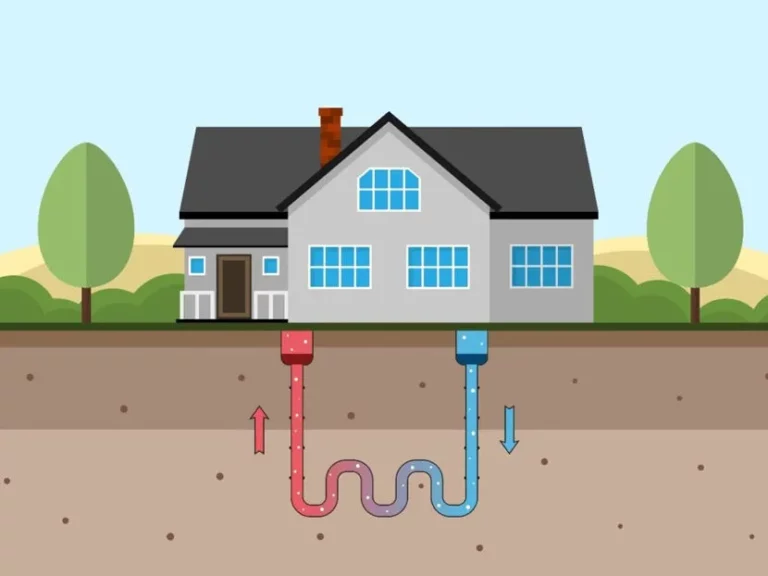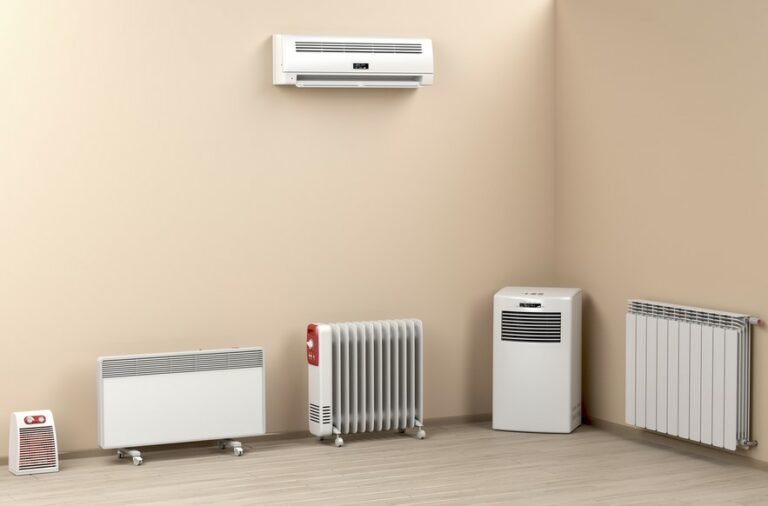Proper thermostat placement is crucial for maintaining an efficient and comfortable heating, ventilation, and air conditioning (HVAC) system in your home or office. While many factors influence thermostat performance, the height at which you place it is one of the most significant. Here, we explore why height matters, the ideal height for different settings, and tips for optimal thermostat placement.
Why Height Matters
Thermostats measure the ambient temperature of their immediate surroundings to regulate your HVAC system. If placed too high or too low, the readings may not accurately reflect the room’s overall temperature, leading to inefficiency and discomfort.
- Heat Rises: Warm air naturally rises and cool air sinks. A thermostat placed too high may register a higher temperature, causing the system to run less frequently and leaving lower parts of the room cooler than desired.
- Ground-Level Variations: Thermostats placed too low can be affected by cool air near the floor, resulting in overheating as the system works harder to reach the set temperature.
Ideal Height for Thermostat Placement
The general consensus among HVAC professionals is that the best height to place a thermostat is around 52 to 60 inches (about 4 to 5 feet) above the floor. This height is considered optimal for several reasons:
- Average Height: This range is roughly at eye level for most adults, making it convenient for reading and adjusting the thermostat.
- Stable Temperature: At this height, the thermostat is less likely to be affected by temperature variations close to the floor or near the ceiling.
- Accessibility: Placing the thermostat at a height that is easily accessible ensures that everyone in the household can adjust the settings comfortably.
Considerations for Different Areas
While the 52 to 60 inches guideline works well for most situations, there are specific considerations depending on the type of room and its use:
- Living Rooms and Bedrooms: In these spaces, placing the thermostat at about 5 feet ensures accurate readings and convenient access for adjustments.
- Basements: Since basements are naturally cooler, the thermostat may need to be placed slightly higher to avoid misreading cooler air near the floor.
- Hallways: Thermostats in hallways should be placed away from direct sunlight, drafts, or other heat sources to ensure accurate readings.
- Commercial Spaces: In offices or commercial buildings, the same height guidelines apply. However, thermostats should be placed in central, common areas away from windows, doors, and other potential sources of temperature fluctuations.
Additional Tips for Optimal Thermostat Placement
Beyond height, other factors also influence the effectiveness of your thermostat:
- Avoid Heat Sources: Place the thermostat away from direct sunlight, lamps, appliances, or other heat sources that could skew temperature readings.
- Stay Clear of Drafts: Avoid placing the thermostat near windows, doors, or air vents to prevent inaccurate readings due to drafts or air currents.
- Central Location: Position the thermostat in a central part of the home or office to ensure it accurately represents the average temperature of the space.
- Interior Walls: Exterior walls can be affected by outdoor temperatures, leading to inaccurate readings. Always place the thermostat on an interior wall for more consistent results.
- Clean and Maintain: Keep the thermostat clean and free of dust, which can interfere with its sensors. Regular maintenance ensures optimal performance.
Conclusion about Best Height to Place a Thermostat
Proper thermostat placement, especially regarding height, is essential for maintaining a comfortable and energy-efficient environment. By installing your thermostat at an optimal height of 52 to 60 inches above the floor and considering other placement factors, you can ensure accurate temperature readings and effective HVAC system performance. For the best results, combine proper placement with regular maintenance and mindful use of your heating and cooling systems.





